Like something out of science fiction, small colonies of mature corals have been safely frozen and revived for the first time, though more work will be needed to ensure their long-term survival, researchers report August 23 in Nature Communications. Freezing chunks of living corals for safekeeping — or cryopreserving them — could save them from extinction as the oceans heat up and acidify from human-caused climate change (SN: 8/9/23).
Researchers had already cryopreserved and revived coral larvae with success (SN: 10/26/18). But larvae are accessible only when corals spawn, so just a few nights each year, says marine scientist Liza Roger of Arizona State University in Tempe. “That’s putting a lot of eggs in one basket.” What’s worse, she says, coral reproduction is struggling, and fewer larvae are surviving, thanks to warming seas.
With larvae collection becoming more difficult, one solution is to cryopreserve mature coral colonies, which are available year-round. If humans can reverse climate warming, preserved adult corals could help rebuild reef ecosystems in more hospitable seas. But larger specimens are harder to cryopreserve; it’s more difficult to prevent ice formation, which damages tissues somewhat like pipes cracking in the winter.
Thermodynamicist Matthew Powell-Palm of Texas A&M University in College Station and his team experimented with freezing pea-sized pieces of a common Hawaiian finger coral, an anthozoan called Porites compressa. Using menthol and light, the researchers first removed microbes that could interfere with preservation. Next, the fragments were sealed within rigid metal chambers filled with a special chemical solution that partially dehydrated the corals and helped mitigate ice growth, then plunged into liquid nitrogen.
Amid the roughly –200° C temperatures, bathed in chemicals and restrained by the stubborn chamber walls, the remaining water in the corals solidified into a glassy form — or vitrified — without expanding into ice crystals. At such frigid conditions, Powell-Palm says, metabolic reactions and other life-driving processes “crawl to such an infinitesimally slow pace, you could preserve [living specimens] for hundreds, possibly thousands of years.”
But the real test came next. After a couple minutes spent in cryopreservation, the corals were pulled from the nippy nitrogen and put through a careful, 24-hour thawing and recovery routine. Then, the researchers measured how much oxygen the thawed corals were consuming. One day after thawing, the corals were alive and well.
The results are promising, but the team’s work isn’t finished, Roger says. As things stand, a few days after thawing, the corals were still so stressed out from the cryopreservation process, they were overrun and killed by bacteria they normally live in harmony with. The next steps should be to help the revived reef builders survive in the long-term, she says.
Powell-Palm is optimistic. Applying the right antibiotics, he says, could help the brave coral crumbs thrive in whatever new world they’re revived in.

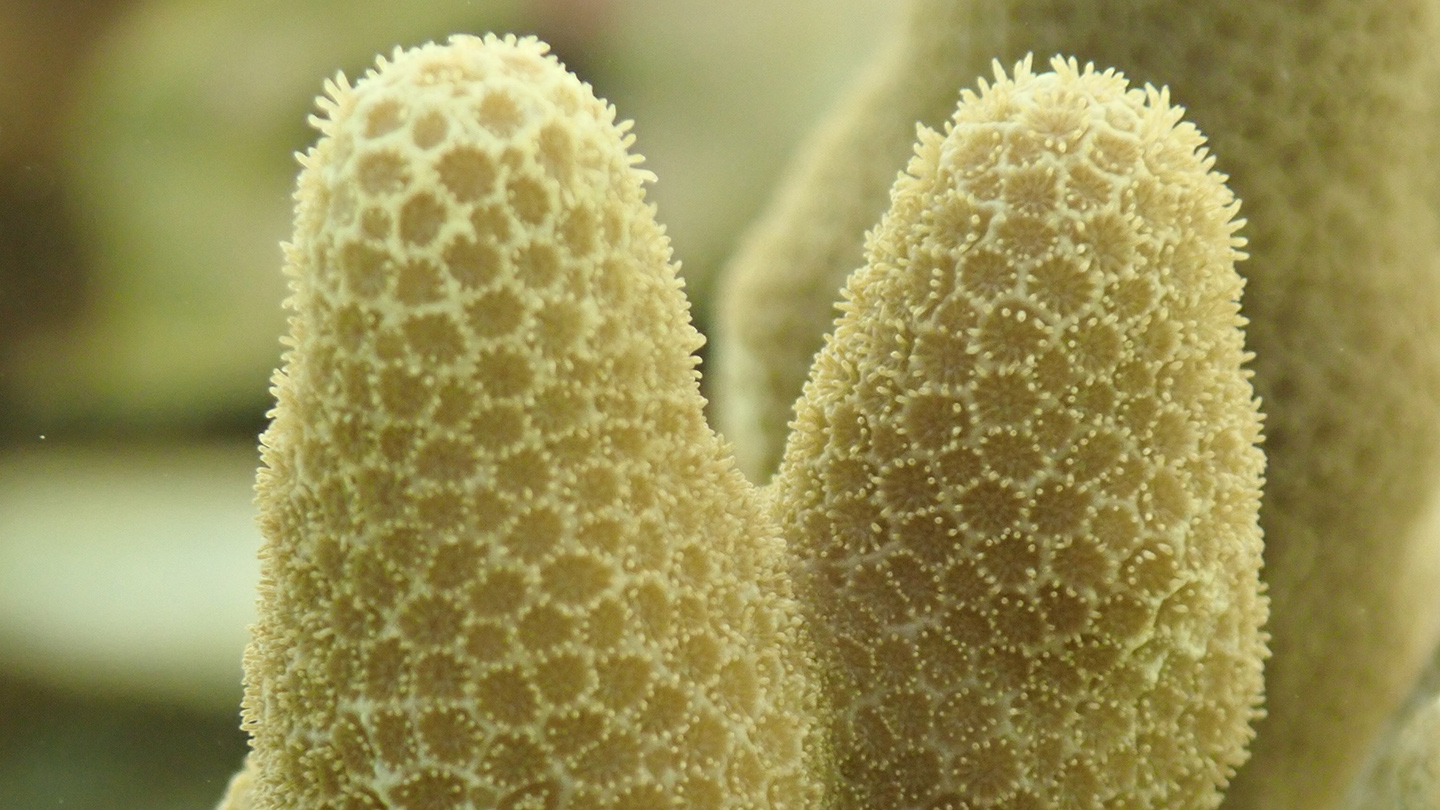
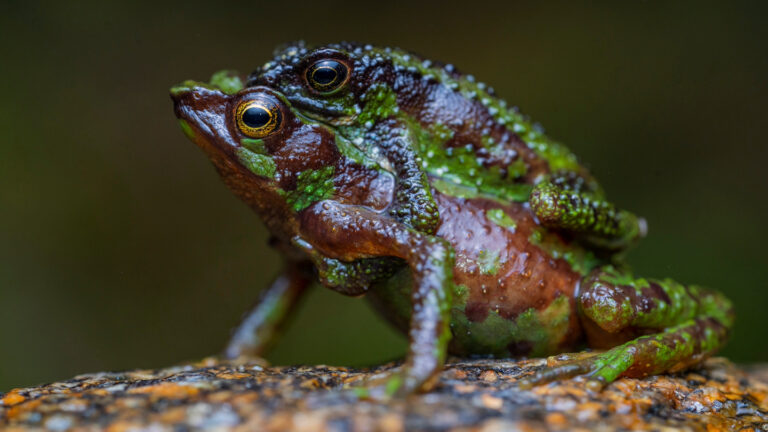

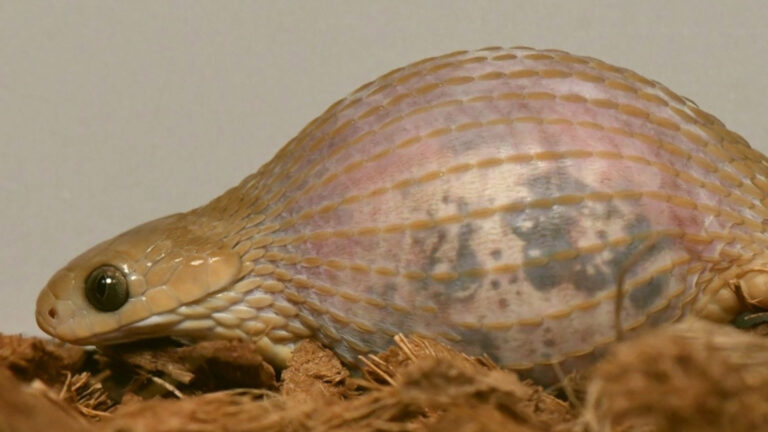



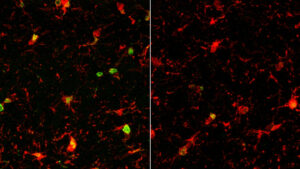
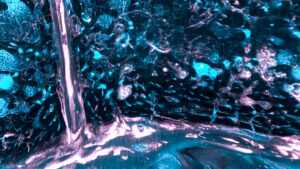





+ There are no comments
Add yours